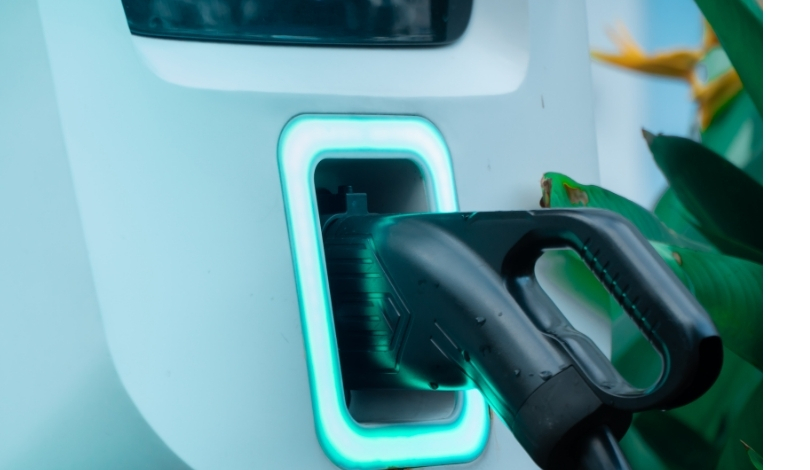The announcement introduces a new joint venture between Volkswagen and Uber to operate an electric robotaxi fleet using the ID. Buzz. This initiative combines Volkswagen’s manufacturing capabilities with Uber’s expertise in ride-hailing, aiming to offer a robotic mobility service that will extend across major U.S. cities in the coming years. Additional observations note that both companies appear to be targeting urban transport challenges with innovative solutions, while emphasizing efficiency and safety in operations.
Information available from earlier reports indicates that previous collaborations in the autonomous vehicle market have had varied testing phases and regulatory hurdles. Several sources have highlighted that merging traditional automotive production with tech-driven mobility services is being attempted by multiple industry players. New details suggest that this plan reinforces trends in urban mobility and showcases a strategic pivot by major manufacturers looking to integrate driverless technology into everyday transport services.
Partnership Overview
Volkswagen and Uber have confirmed their collaboration to introduce a commercial robotaxi service powered by ID. Buzz vehicles.
Volkswagen is not just a car manufacturer — we are shaping the future of mobility, and our collaboration with Uber accelerates that vision.
The alliance leverages Volkswagen’s autonomous subsidiary, Volkswagen ADMT, in uniting streamlined production with refined ride-hailing operations. This partnership builds on years of previous efforts and reflects a deeper integration of commercial mobility services in the automotive sector.
Deployment Timeline
The service is scheduled to launch in Los Angeles by late 2026 with human safety operators managing the rides initially. Testing is expected to begin later this year after Volkswagen ADMT obtains the necessary permits from the California Department of Motor Vehicles. Plans indicate that operations will progress to fully driverless deployments starting in 2027, showcasing a progressive timeline from pilot phases to routine automation.
Regulatory and Market Factors
Authorities, including the California Public Utilities Commission, will monitor the service operation under revised safety and reporting guidelines. Federal adjustments to crash reporting and safety regulations have further supported such initiatives. Uber’s strategy, which includes partnerships with additional firms like Waymo, adds to an expanding market for autonomous transport. These factors collectively shape an environment where regulatory and industry trends converge to facilitate the deployment of autonomous ride services.
The collaboration illustrates a measured, multi-phase approach towards integrating new mobility solutions into urban areas. Detailed timelines and regulatory approvals reinforce the development’s feasibility, while historical comparisons reveal common industry challenges and strategies. Readers interested in the evolving robotaxi market may note that steady technological testing and gradual regulatory adaptation are crucial for operational success.










